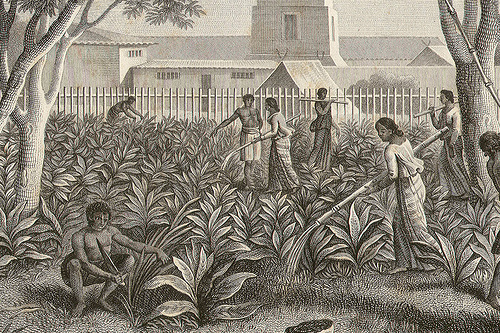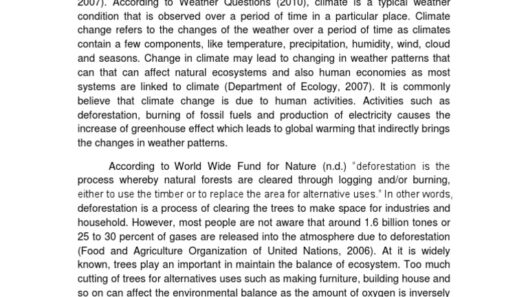Encompassing the verdant expanse of present-day Maryland, Virginia, North Carolina, South Carolina, and Georgia, the Southern Colonies conjured the image of a sun-kissed Eden. In this region, the climate was defined by a confluence of warmth and humidity, creating an environment that was both inviting and challenging. This climatic tapestry wove together a rich history of agriculture, settlement, and cultural diversity—an intricate interplay that would leave an indelible mark on the early American experience.
The Southern Colonies enjoyed a temperate climate characterized by four distinct seasons, though they differed markedly in their attributes compared to the northern realms of the continent. Mild winters gave way to warm and sultry summers, often characterized by a palpable thickness in the air, akin to a warm embrace that was both soothing and oppressive. The seasonal serenade began in spring, when the chill of winter gracefully retreated, allowing vibrant blooms to emerge, heralding the awakening of nature.
As summer approached, the region transformed. The sun ascended to its zenith, casting its golden rays upon the fertile landscapes, while humidity coalesced like a shimmering veil draping the land. Rainfall, frequent and sometimes torrential, nourished the earth, fostering an environment ideal for agriculture. It was during these sultry months that the Southern Colonies showcased their agricultural prowess. Crops of tobacco, rice, and indigo flourished, their growth reflective of the harmonious relationship between land and climate.
This climatic advantage did not come without its trials. While the balmy weather fostered a bountiful harvest, it also ushered in a plethora of ecological challenges. The humidity became a fertile ground for pests, with mosquitoes proliferating in the marshy lowlands, threatening settlers with disease. Malaria and other mosquito-borne illnesses became an unfortunate part of life, transforming the idyllic tableau into a battleground for survival. Hence, life in the Southern Colonies was woven with the dual threads of abundance and adversity, each entwined with the climate that shaped their existence.
The unique appeal of this humidity was palpable in the air. The rich aroma of wet earth mingled with the scent of blooming magnolias, conjuring an almost intoxicating quality. It was a landscape laden with promise, where the very air seemed to whisper tales of prosperity. Yet, beneath this enchanting exterior lay the realities of labor and toil, for the settlers, alongside their enslaved counterparts, faced the relentless demands of cultivating the land. The allure of wealth from crops came with the burden of hard work under a blazing sun.
Moreover, the Southern Colonies attracted settlers not only due to their climate but also as a refuge for various groups seeking opportunity and solace. Whether it was the wealthy English plantation owners or those fleeing religious persecution, the promise of fertile soil and a climate conducive to cash crops morphed into an irresistible siren call. The warm winds that swept across the land carried with them dreams of prosperity, embodying hope amidst the challenges of colonial life.
Geographically, the Southern Colonies were diverse. The coastal plains merged seamlessly with the rolling hills and the Appalachian foothills, each region exhibiting its own microclimates. River systems crisscrossed these landscapes, providing both a resource for agriculture and a channel for transport. The waterways were the lifeblood of the colonies, fostering trade and interaction while accentuating the symbiotic relationship between climate and commerce.
The cultural impacts of the Southern climate were profound. The warmth fostered a sense of community, drawing people outdoors for interactions that transcended mere survival. Festivals celebrating the harvest were vibrant affairs, offering respite from the rigors of daily life. Music, dance, and food coalesced under the stars in joyous gatherings that reflected the spirit of a community forged through shared toil and triumph.
However, not all was idyllic. The climate laid bare the inequities and harsh truths of the period, particularly the reliance on an enslaved labor force. The economic viability of the Southern Colonies depended heavily on labor-intensive agriculture, and the humid heat made for grueling conditions. The perfect climate for crops became synonymous with the suffering of those who worked the fields, forming a bittersweet juxtaposition that would haunt the colonies for generations.
As the colonies matured, the climate continued to shape their destinies, creating a dynamic that would impact social, political, and economic developments. The Southern Colonies became distinct from their northern counterparts, crafting a unique identity fueled by their environmental conditions. The richness of the land and the challenges of the climate molded a resilient society, one that learned to navigate both the bounty and the peril that warmth and humidity presented.
In retrospect, the climate of the Southern Colonies was not just a backdrop but an actor in the complex drama of early American history. It was a multifaceted force, nurturing life while concurrently presenting formidable challenges. The warmth and humidity turned the region into a place of both flourishing wealth and profound human cost, a narrative that continues to resonate through time.
In conclusion, the climate of the Southern Colonies exemplified a duality—a realm of lush fertility and persistent hardship. It was an arena where humanity clashed with nature, joy intertwined with suffering, and dreams collided with reality. The echoes of this past remind us that our environment shapes not only our landscapes but also the very fabric of our societies.







